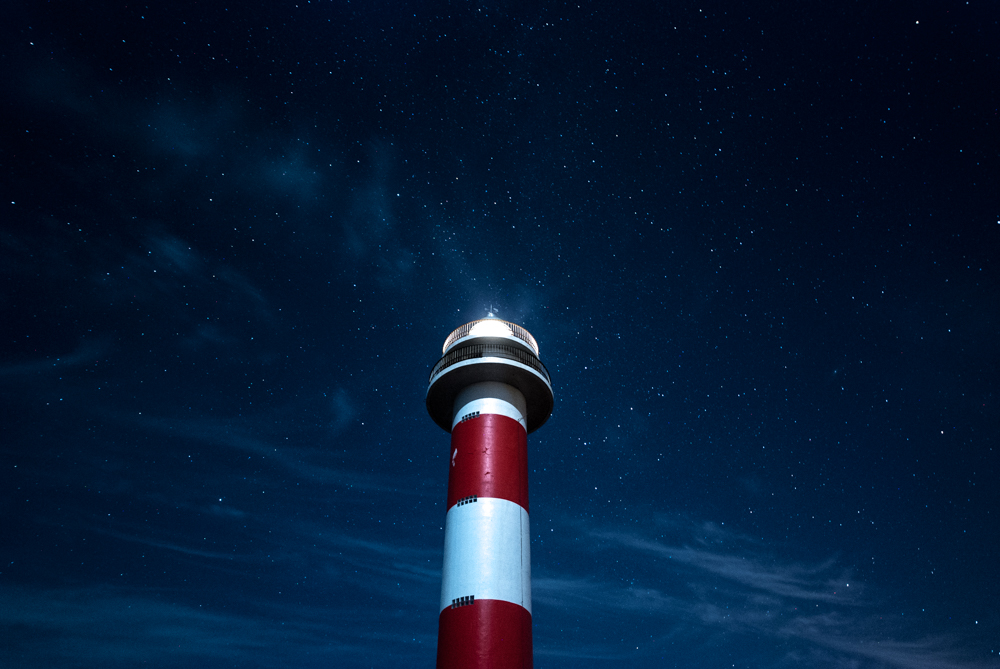Moonlight wonder!
….
March is taking back the Spring, which starts the day of the Equinox, when the day and the night have the same duration, falling this year on March 20th. The air is now sweeter and invites to the contemplation of the Firmament, where the winter constellations are still very high in the sky in the first hours of the night. This is the case of Orion and the Great Dog towards the South, as well as the bright stars Sirius and Canopus, while in the zodiacal region Gemini and Taurus dominate the zenith, preceded by the mythical Seven Sisters, the Pleyades, who are escaping for ever from the great hunter. Another famous cluster, visible with naked eyes as a blurry spot, marks the faint constellation of Cancer: it is the Beehive (M44), which a telescope with a few magnifications can reveal in all its beauty. From the East, Leo is now raising and announcing the great season of the galaxies we shall enjoy in the next months.
If we make the effort to wake up very early, we have a chance to admire the bright planets Jupiter, Saturn and Venus towards the East, but in order to watch them in more convenient hours we have to be patient a few weeks more. But the object which never fails her monthly date with us is the Moon, the most admired and interesting of all. Her Full phase falls just the same day as the Equinox, so the most favorable moment to admire her craters, her seas and her mountains, which only a telescope reveals us in all their magics, we recommend the previous nights, starting for the 10th.
Clear skies to everybody!
..
Marzo nos trae de vuelta la primavera, que empieza el día del equinoccio, momento en que el día y la noche tienen la misma duración y que este año corresponde al 20 de marzo. El aire ahora está más suave e invita a la contemplación del Firmamento, donde a primeras horas de la noche las constelaciones del inverno siguen muy altas en el cielo. Destacan hacia el Sur Orión y el Can Mayor y las brillantes estrellas Sirio y Canopo, mientras que en la zona zodiacal Gémini y Tauro siguen dominando el cielo del cenit, precedidos por las míticas siete hermanas, la Pléiades, siempre huyendo del gran cazador. Otro famoso cúmulo, visible a simple vista como un manchón borroso, marca la débil constelación de Cáncer: se trata del Pesebre (M44), que un telescopio con pocos aumentos nos revela en todo su esplendor. Ya desde el Este se asoma Leo, anunciando la llegada de la gran temporada de galaxias que nos espera en los meses venideros.
Si nos apetece despertarnos antes del alba, podremos admirar hacia el Este los brillante planetas Júpiter, Saturno y Venus, pero para verlos en hora más cómodas habrá que esperar unas semanas más. Quién nunca falta a la cita es el objeto celeste más admirado de todo el cielo: la Luna. La fase de plenitud se da justo el día del equinoccio, así que para disfrutar de sus cráteres, de sus mares y de sus montañas, que sólo un telescopio nos revela en toda su magia, recomendamos las noches anteriores, a partir del día 10.
¡Cielos despejados para todos!….










